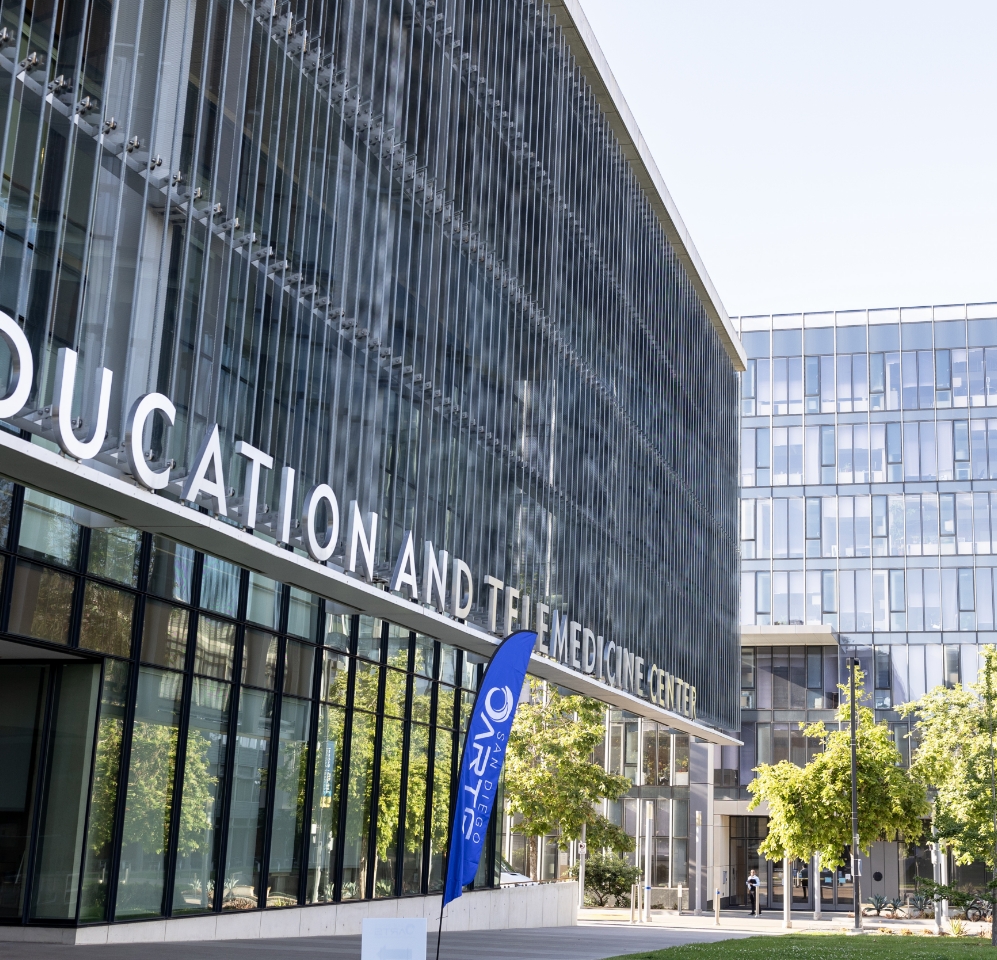Platelet Rich Plasma Augments Adipose-Derived Stem Cell Growth and Differentiation
Posted in AD-cSVF, AD-tSVF, AD-MSC, Basic Science & Research, Clinical Trials & Pilot Studies, PRP & Adipose
April 11th, 2019 Study authors Robert P. Gersch, PhD, et al, studied the effects of PRP on the growth and differentiation of adipose-derived stem cells. This study was published in the Aesthetic Surgery Journal. Want to learn more about PRP’s effects on adipose-derived stem cells? Visit the SDARTs Online Learning Center >
Read More


